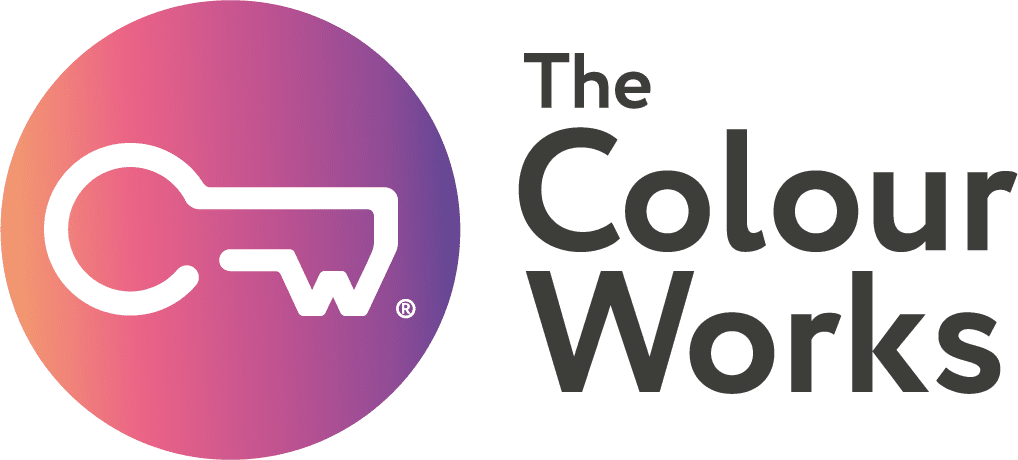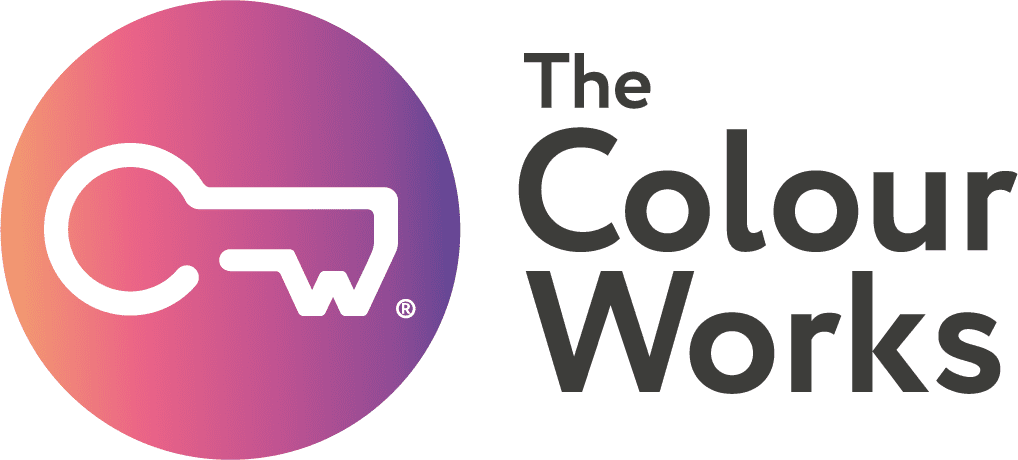How’s your team feeling? As we continue to move through uncertain times, now might be the perfect opportunity to take a temperature check and find out how your teams are feeling and what they’re thinking.
COVID-19 has moved like a shockwave through the hearts and minds of everyone who’s had to adapt to new processes, new procedures and new ways of living and working. As we continue to work our way through times of uncertainty, now might be the perfect time to check in with your team as they reintegrate and find out what’s running smoothly and what needs some attention.
For the vast majority of companies, it’s standard practice to routinely measure what’s going on in the business, but the major focus tends to be on the ‘hard’ stats – how many calls? how many days? how much revenue? That’s all well and good, of course, but what about the ‘soft’ stats around collaboration, meeting effectiveness, trust?
These things matter every bit as much as the hard stuff, and probably more, because if we’re not getting the soft stuff right, then the hard stuff is never going to be as good as it could be. So, along with the usual KPIs, team satisfaction surveys should play a central part in any company measurement system. Why? Because they measure how well we’re doing on things that are critical to creating high functioning teams.
Measuring soft skill issues on a daily, weekly or even monthly basis clearly isn’t viable, but running satisfaction surveys a couple of times a year is not only perfectly doable, it also makes very good business sense. In the cut and thrust of daily operations, it’s not easy to spot what’s working and what isn’t when it comes to the way we interact, the effectiveness of communication, or the atmosphere within the team.








